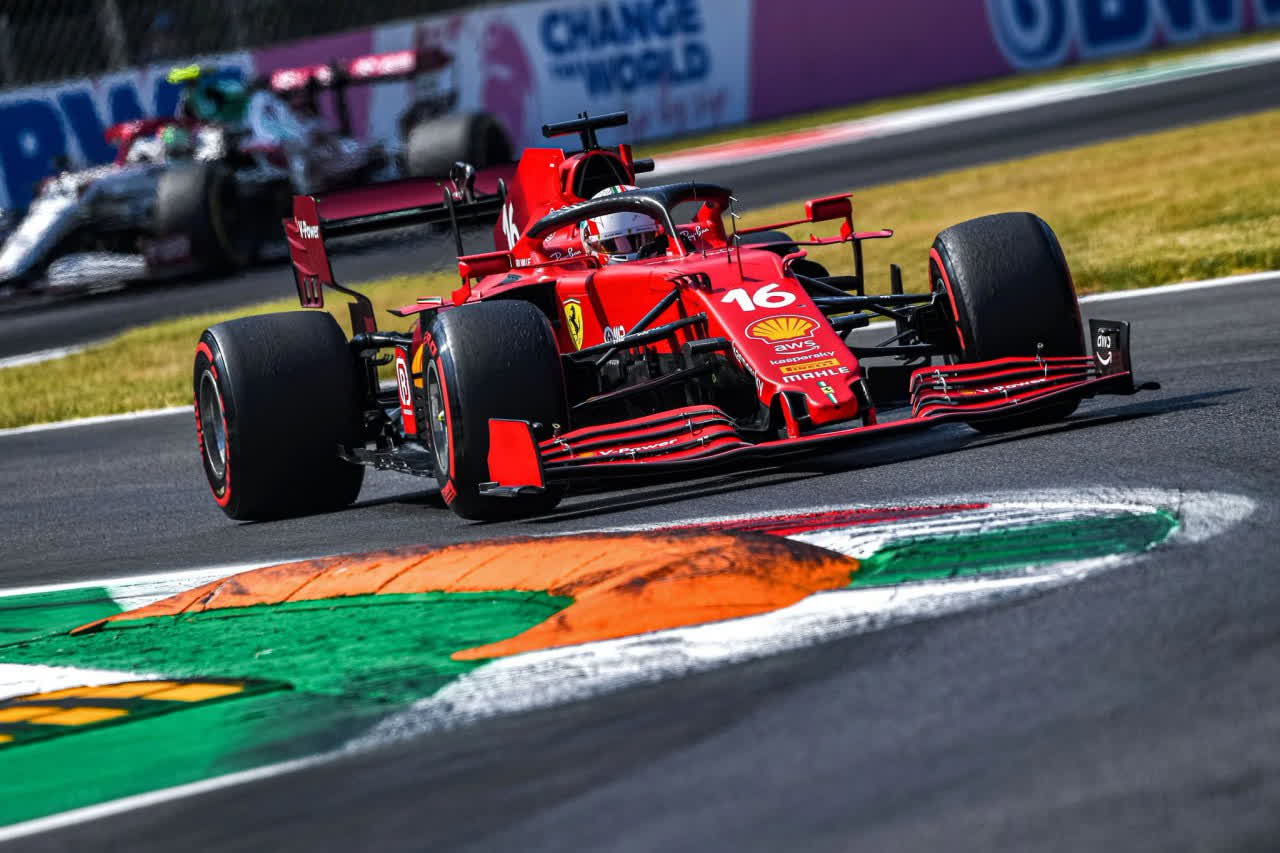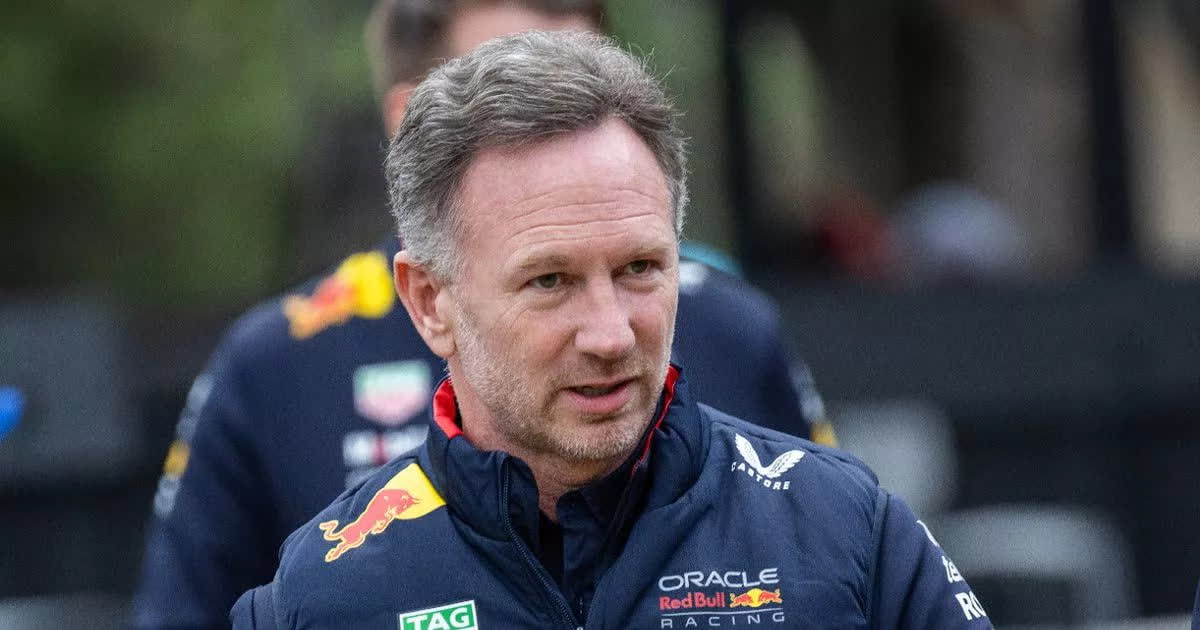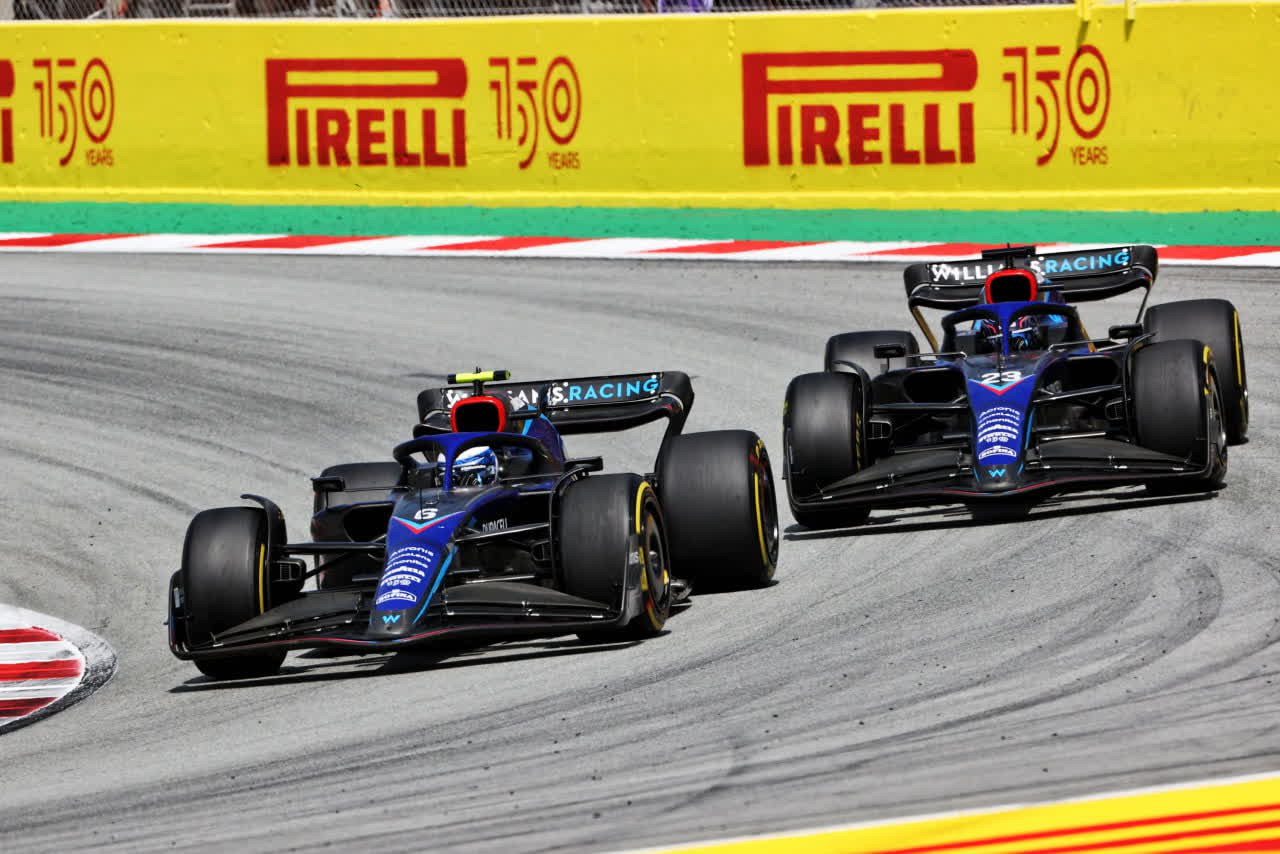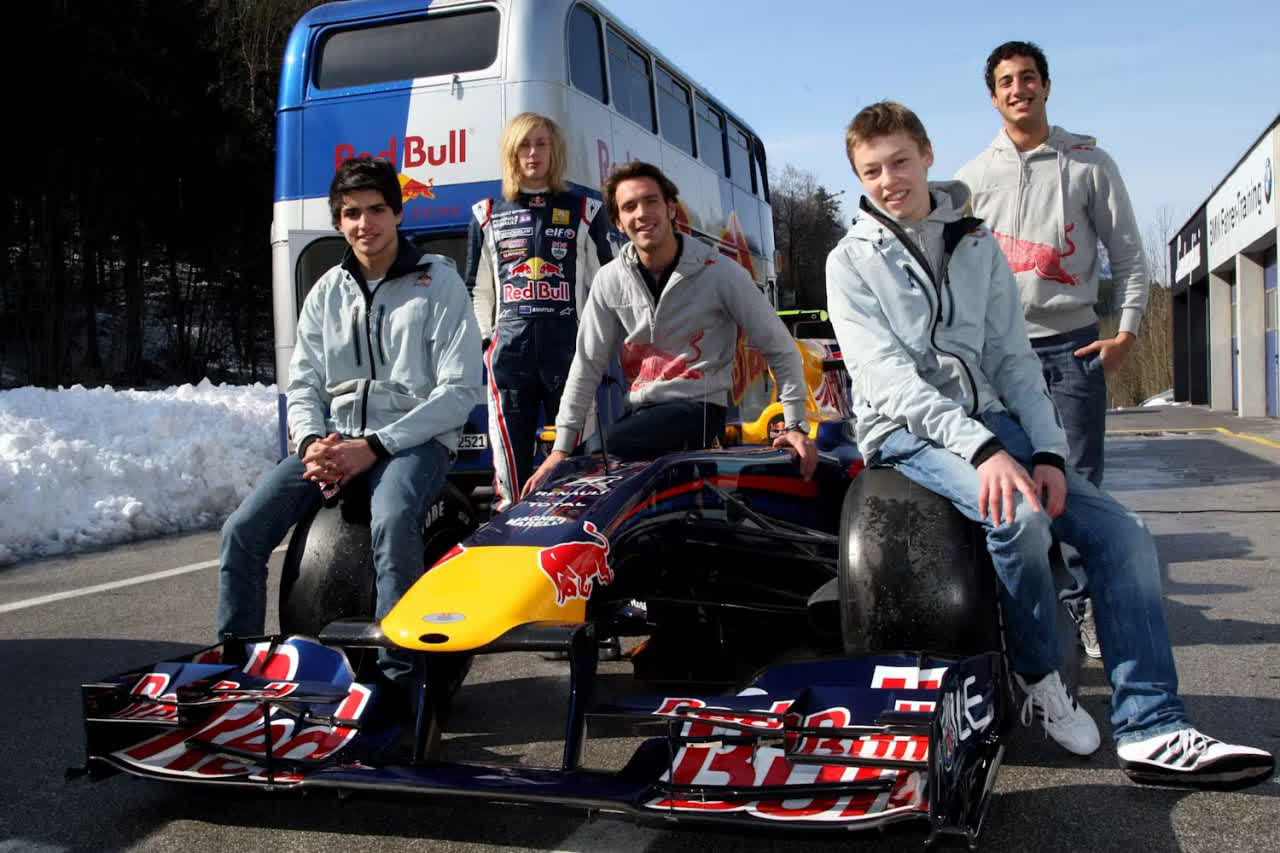As Formula 1 takes a summer break 🌞, Andrew Benson is here to keep the motorsport conversations going by answering your burning questions! From cutting-edge simulators to sprint races and stop-and-go penalties, let’s dive into the fascinating details of F1. 🚦👇
🔧 How Do Simulators Work in F1? 🎮
Q: If a team has a bad practice day, how do simulators help them recover?
A: Simulators are an essential tool for F1 teams, functioning as ultra-advanced video games. 🕹️ They allow drivers to sit in race seats surrounded by giant screens, often positioned on hydraulic platforms to simulate movement, creating realistic experiences of pitch and roll during a race.
Teams can input various set-ups for specific circuits, helping drivers understand how changes will affect the car’s performance. Sometimes, drivers spend up to 8 hours a day in these simulators, although not all drivers enjoy it as much as being on the actual track. 🏎️💻
After a problematic practice session on Friday, the reserve or simulator driver often jumps into the simulator overnight to work with engineers. The goal is to test different setups and improve the car’s performance ahead of qualifying or race day. This process has become a significant part of weekend preparation. 🚗💨
🏎️ Track Types: Which Cars Perform Best? 🏁
Q: Can you explain which types of tracks suit different cars and why?
A: Every F1 car has its unique strengths and weaknesses, making some cars better suited to specific types of circuits. 🌍 For example:
- Red Bull prefers low front ride heights and stiff setups to optimize its aerodynamics. However, this makes the car struggle on circuits requiring softer suspension and higher ride heights, like Monaco and Singapore. 🏰🏝️
- Ferrari suffers less performance loss with a higher ride height, making it better in bumpy or kerb-heavy tracks, while Mercedes tends to perform better in cooler conditions 🌧️ (like in Canada or Silverstone) but struggles in hot climates ☀️ (e.g., Spain or Hungary).
- McLaren excels in slower and medium-speed corners but falls behind Red Bull in high-speed corners. This variability affects their performance at tracks like Hungary compared to Spa.
In short, different circuits test various aspects of car design—tyres, aerodynamics, and suspension—all of which can change a team’s chances of winning. 🏆
🔧 Why Not Eliminate Tyre Changes? 🚗🛞
Q: Given the importance of tyre management, why not remove tyre changes from races?
A: F1 believes that pit stops, including tyre changes, are crucial to keeping races exciting. 🚨 With refuelling banned, tyre changes remain the main reason for pit stops, adding a layer of strategy to the races. Without pit stops, races could become monotonous as drivers would focus solely on driving without needing to manage tyres over long distances.
🌍 Sprint Races: Sustainability and F1’s Future 🌱
Q: Aren’t sprint races adding unnecessary laps, fuel usage, and emissions?
A: Actually, sprint weekends reduce the total laps driven compared to traditional race weekends. 🏎️ F1 is committed to reducing its carbon footprint, and by 2026, all cars will be running on 100% sustainable fuels, making their tailpipe emissions net-zero. 🚫🌫️
Sprint weekends are designed to enhance excitement without adding to environmental harm. In fact, the shift to sustainable fuels reflects F1’s focus on innovation while balancing environmental concerns.
🚦 Drive-Through and Stop-and-Go Penalties: What Happened to Them? 🛑
Q: Why don’t stewards use drive-through or stop-and-go penalties anymore?
A: These penalties are still available in the FIA rulebook, but they’re reserved for the most severe infractions. 🏳️⚖️ Recent cases haven’t warranted such harsh penalties, but they haven’t gone away.
Instead, the FIA has generally increased the severity of common penalties. For instance, what might have been a five-second penalty in the past might now be a 10-second penalty as the organization aims to make penalties more impactful. ⏱️
Got more questions? Keep them coming! 🏁 The world of F1 is always evolving, and understanding the strategies, tools, and regulations gives you a glimpse into the complex chess game played at 200mph! ♟️🚗💨




Great insights into the fascinating world of F1! 🏎️✨ Simulators really are a game-changer for teams, providing crucial data to bounce back from tough practice sessions. The way different cars adapt to various track types highlights the depth of strategy involved. 🏁 And I agree, tyre changes and sprint races add vital layers of excitement and strategy while F1 continues its commitment to sustainability. 🚦🌍 Also, it’s interesting to see how penalties have evolved, reflecting the sport’s ongoing quest for fairness and impact. Thanks for the detailed answers, Andrew! 🌟